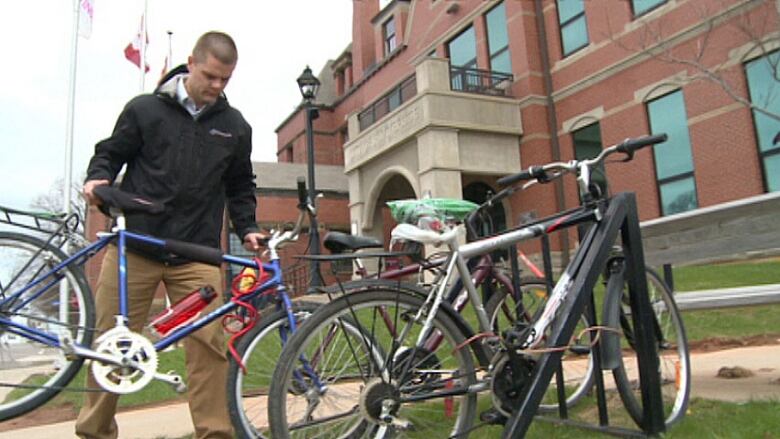Longer life: The public health argument for better transit
Active transportation allows residents to build exercise into each day, report says

Better urban planning and more public transit investment can lead to an improvement in health forresidents in Hamilton and across the GTHA,according to a new report released on Wednesday.
Building communities that support greater walking, cycling and public transit use would prevent over 330 premature deaths and over 1000 cases of diabetes each year across the GTHA, the report says.
Titled Improving Health by Design in the Greater Toronto-Hamilton Area, the report is a collaboration by four medical officers of health in the region, including Hamilton's Dr. Ninh Tran.
Active transportation including walking, cycling and using public transit allows residents to build physical activitiesinto each day, said Dr. DavidMowat, medical officer of health for Peel Region
These actions not only improve health by increasing activity, but also decrease air pollution that leads to premature deaths, heat disease and respiratory conditions, Mowat said.
The report calls for communities that are designed to encourage healthy lifestyles. It recommends:
- Invest in public transit.
- Strengthen provincial policies that support transit and active transportation.
- Make transit and active transportation planning integral to city planning.
Improvements in community design are already happening, Mowat said, but pressure from population growth, chronicle disease trends and change in land use means more needs to be done.
We have built our communities around the automobile and this approach poses a serious risk to public health, Mowat said.
Hamilton's unique challenges
Obesity and physical inactivity costs the region $4 billion a year, according to the report. Inactivity is also responsible for 12,500 new cases of diabetes every year.
Traffic-related air pollution is responsible for over 850 premature deaths and 3,300 hospitalizations annually, the report says.
If there are no improvements to the way communities and transit systems are designed, the report paints a grim forecast for the region:
- Commute time will be increased by 33 per cent.
- Economic costs of lost productivity due to congestion will be increased by 200 per cent.
- Air pollution from traffic emission will be increased by 27 per cent.
- Greenhouse gas emission from traffic will be increased by 30 per cent.
- Diabetes cases will double, which means one in six adults will be affected.
Tran, Hamilton's medical officer of health,said the agenda of the city and its various departments is already in line with the recommendations in the report. However, he said, the city's unique makeup after amalgamation makes urban planninga challenging task.
[Hamilton] has both big city appeal and rural parts, Tran said.
In addition to a region-wide shift in urban planning, residents also need to switch their behaviours when it comes to transportation, Tran said.
At times, we are used to taking a car [for] running errands that's a kilometre or two away that we could in theory walk or cycle to, he said.It's not going to be easy. It's going to take a lot of work.
The next step of the study is topresent the report to the board of health and the city council to seek endorsement, Tran said.












_(720p).jpg)


 OFFICIAL HD MUSIC VIDEO.jpg)
.jpg)



























































































